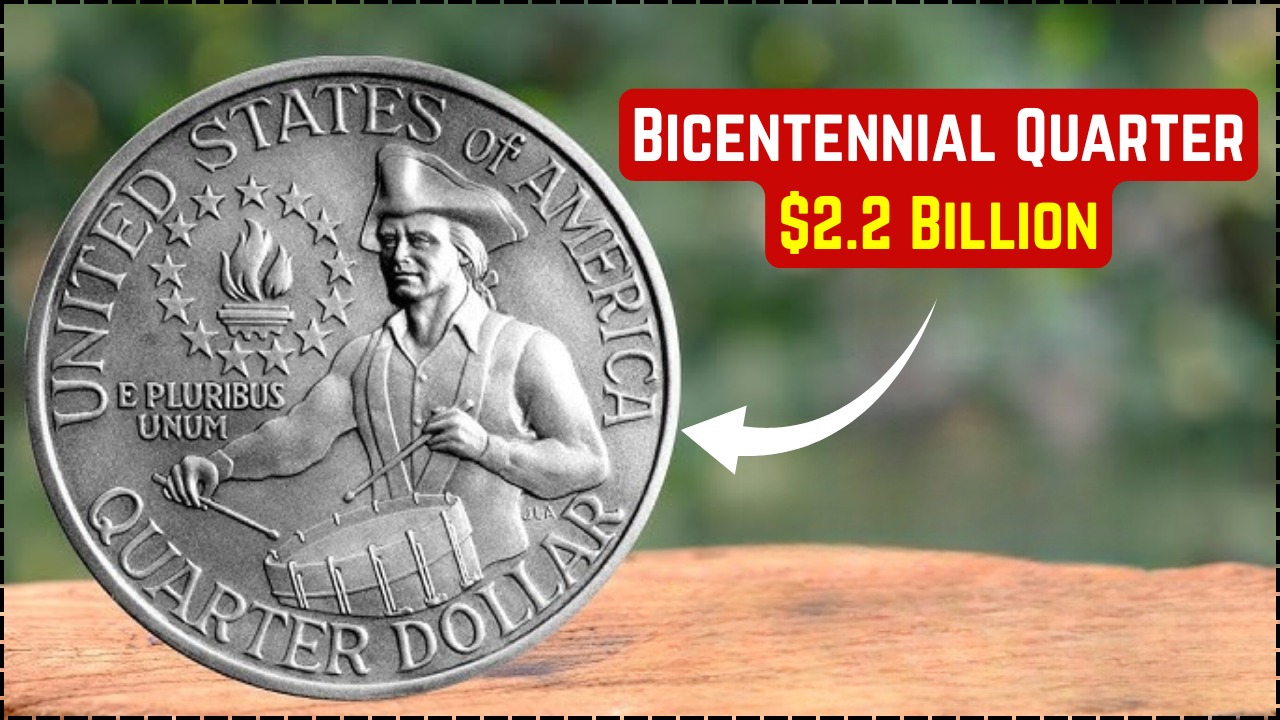The Lincoln Wheat Penny might look like any ordinary coin at first glance, but certain rare variants have stunned collectors worldwide with their sky-high valuations. Initially introduced in 1909 to commemorate the 100th birth anniversary of President Abraham Lincoln, this coin is more than just a piece of currency—it’s a piece of American history. And at the center of the buzz is one particular coin: the 1943 Bronze Lincoln Wheat Penny, which some experts believe could be worth up to $21 million today. To learn more about U.S. coinage, minting history, and collector resources, visit the official U.S. Mint website.
Table of Contents
Overview
| Penny Variant | Estimated Value | Reason for Value | Year | Mint Error |
|---|---|---|---|---|
| 1943 Bronze Penny | Up to $21 million | Struck in bronze during WWII instead of steel | 1943 | Yes |
| 1909-S VDB | Up to $100,000 | Low mintage, features designer’s initials (VDB) | 1909 | No |
| 1914-D Penny | Up to $200,000 | Rare production from Denver Mint | 1914 | No |
| 1955 Double Die | Up to $2,000–$15,000 | Double-struck lettering error | 1955 | Yes |
| 1922 “No D” | Up to $6,000 | Mint mark missing due to filled die | 1922 | Yes |
A Coin with Presidential Significance
The Lincoln Wheat Penny was more than a monetary tool—it was a symbol of progress. Designed by Victor David Brenner, this was the first U.S. coin to showcase a real historical figure—President Abraham Lincoln—on its obverse. On the reverse, two stalks of wheat represented growth and prosperity.
Circulating from 1909 to 1958, most of these pennies are only worth their face value. However, certain rare editions—due to minting errors or limited production—have become incredibly valuable to numismatists.
The 1943 Bronze Penny
One of the most intriguing and valuable of these coins is the 1943 Bronze Lincoln Penny. During World War II, the U.S. Mint began using steel coated with zinc to make pennies so that copper could be reserved for military needs.
However, a few bronze planchets (coin blanks) from 1942 were accidentally left behind and used to mint a small number of 1943 pennies. This rare production error created one of the most sought-after coins in history.
Key Facts about the 1943 Bronze Penny:
- Only 10 to 15 of these are known to exist.
- In 2010, one of them fetched $1.7 million at auction.
- Today, due to growing demand and rarity, some experts believe its value could reach up to $21 million.
- Its rarity and mystique have earned it legendary status in the world of collectibles.
What Makes a Lincoln Penny Incredibly Valuable?
Not every Lincoln Wheat Penny is worth millions. But some important factors can significantly influence a penny’s value:
1. Rarity
The fewer coins of a specific variant that exist, the more valuable it become. Low mintage numbers or errors often increase scarcity.
2. Condition
Coins in uncirculated or mint condition command the highest prices. Wear and tear reduce value considerably.
3. Minting Errors
Mistakes like double dies, off-center strikes, or incorrect materials make coins rare and desirable.
4. Historical Significance
Coins minted during pivotal events—like World War II—or commemorating important dates become collector favorites.
Top Valuable Lincoln Wheat Pennies
Let’s dive deeper into three of the most prized Lincoln Wheat Pennies:
◾ 1943 Bronze Penny
- Reason: Minted in bronze accidentally during a year when pennies were meant to be steel.
- Value: Up to $21 million.
- Rarity: Fewer than 15 known.
◾ 1909-S VDB Penny
- Reason: Features the initials of designer V.D. Brenner and has limited West Coast mintage.
- Value: Up to $100,000.
◾ 1914-D Penny
- Reason: Limited production at the Denver Mint.
- Value: Up to $200,000.
How to Identify a Million-Dollar Penny
Think you’ve got a Lincoln Wheat Penny lying around? Here’s how you can check if it’s valuable:
Look at the Date
- A 1943 penny is your best bet. Check if it has no mint mark, or one with a “D” (Denver) or “S” (San Francisco).
Check the Material
- Use a magnet: steel pennies will stick, but bronze will not.
- Bronze weight: ~3.11 grams.
- Steel weight: ~2.70 grams.
Inspect Coin Quality
- High-value coins will have sharp edges, clear inscriptions, and no cleaning marks.
Look for Errors
- Seek out coins with double letters, off-center strikes, or misaligned prints, especially from years like 1955 or 1922.
Important Tip: Never clean your coin. Cleaning can dramatically reduce a coin’s collectible value. If you suspect you’ve found a valuable one, consult professionals like PCGS or NGC for grading and authentication.
FAQs
Q1. What is the $21 million Lincoln Wheat Penny?
A: It’s a rare 1943 penny accidentally minted in bronze instead of steel, making it a highly sought-after collectible.
Q2. Is it possible to find one today?
A: Yes, though very rare, some have been discovered in circulation, estate collections, and old coin jars.
Q3. Why is the 1943 bronze penny so valuable?
A: Its mint error, wartime history, and scarcity make it an incredibly desirable coin for collectors.





